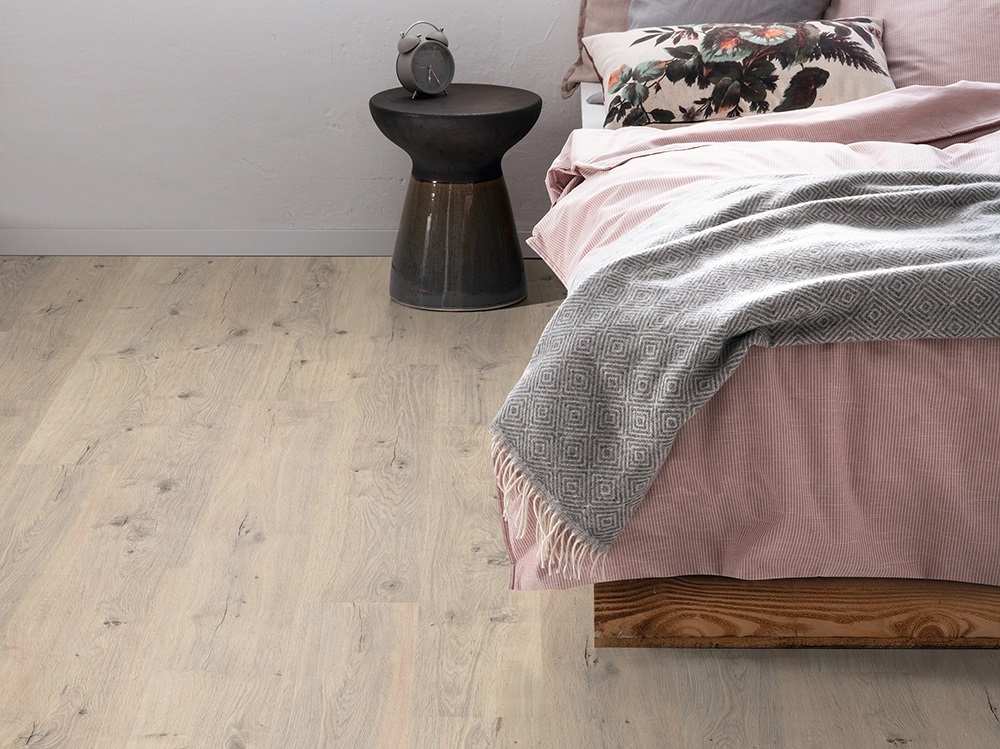Total
0 items
£0.00
£0.00 inc VAT
Total
0 items
£0.00
£0.00 inc VAT

One of the most common questions that we are asked involves a laminate or wood floor bouncing, lifting up, or breaking at the joints.
In this article, we explore the common causes of these issues and how they can be prevented.
A laminate or wood floor will ‘bounce’ when there is a substantial gap between the underside of the wood/laminate plank and the sub-floor. The feeling of bounce is caused by the flooring moving downward when weight is applied (stepped on).
The flooring moves or bounces as it is not properly supported from underneath which puts added pressure on the flooring joints, in most cases causing them to separate, break or squeak.
Some reasons for the gap between the laminate flooring and subflooring are:
As with nearly any material, wood and laminate can expand and shrink with temperature changes as well as changes in moisture and humidity. So, when installing flooring it is important that it has time to acclimatise to the conditions inside the room before installing to reduce the amount of movement as much as possible.
When a wooden or laminate floor does expand more than it should, there are a few common reasons;
A wood or laminate floor can lift over time, creating a gap between the plank and subfloor.
Then, when weight is applied to the floor, further damage is caused as the joints weaken and break. Even a very small amount of floor buckling can expose the edges of a plank, which is not only unsightly but also dangerous. When this happens, the exposed edges of the flooring plank become damaged as they are no longer protected.
The floor can begin to lift up and feel bouncy for a few reasons:
If your wood or laminate flooring feels bouncy, and you cannot pin down the exact cause, get in touch with a flooring expert and see if they can diagnose the cause.
Bouncy laminate can not only be unsightly but also hint to further problems such as damp, so be sure to investigate.
Check out our other flooring installation and care guides.